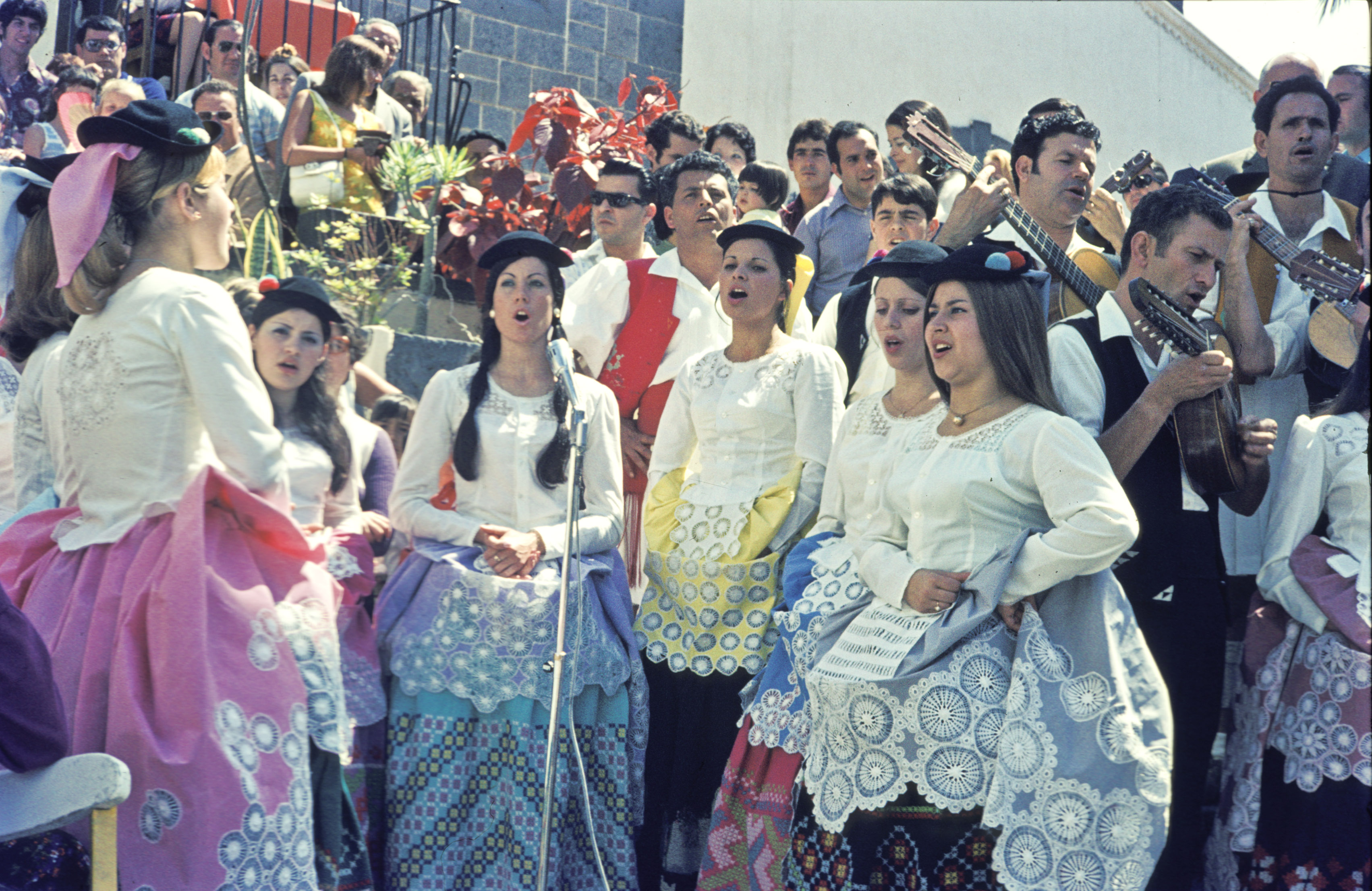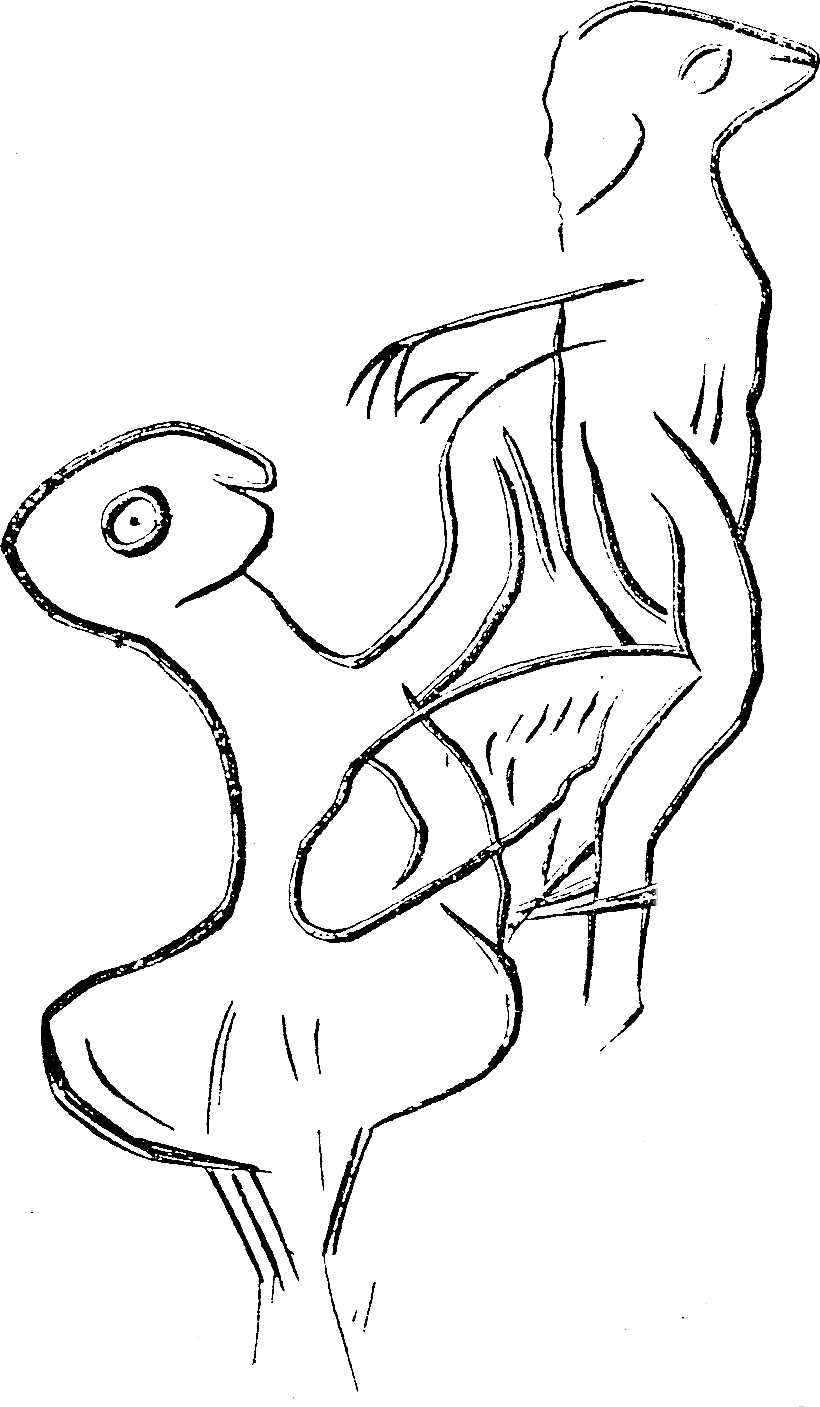|
Toledo (Cortes Of Castilla–La Mancha Constituency)
Toledo is one of the five constituencies () represented in the Cortes of Castilla–La Mancha, the regional legislature of the autonomous community of Castilla–La Mancha. The constituency currently elects nine deputies. Its boundaries correspond to those of the Spanish province of Toledo. The electoral system uses the D'Hondt method and closed-list proportional representation, with a minimum threshold of three percent. Electoral system The constituency was created as per the Statute of Autonomy of Castilla–La Mancha of 1982 and was first contested in the 1983 regional election. The Statute provided for the five provinces in Castilla–La Mancha—Albacete, Ciudad Real, Cuenca, Guadalajara and Toledo—to be established as multi-member districts in the Cortes of Castilla–La Mancha, with this regulation being maintained under the 1986 regional electoral law. Each constituency is entitled to an initial minimum of three seats, with the remaining 18—22 from 1986 to 1998—bei ... [...More Info...] [...Related Items...] OR: [Wikipedia] [Google] [Baidu] |
Congress Of Deputies
The Congress of Deputies () is the lower house of the , Spain's legislative branch, the upper house being the Senate of Spain, Senate. The Congress meets in the Palacio de las Cortes, Madrid, Palace of the Parliament () in Madrid. Congress has 350 members elected from fifty-two Constituency, constituencies (the fifty Provinces of Spain, provinces and two Autonomous cities of Spain, autonomous cities) using closed list D'Hondt method, D'Hondt proportional representation. Deputies serve four-year terms. The presiding officer and speaker is the President of the Congress of Deputies, who is elected by the members at the first sitting of Congress after an election. The two principal bodies in Congress are Parliamentary group (Spain), parliamentary groups and committee, parliamentary committees (). All MPs are required to be members of a parliamentary group, the institutionalised form of political parties. Groups act with one voice represented by their spokesperson. In other words, th ... [...More Info...] [...Related Items...] OR: [Wikipedia] [Google] [Baidu] |
Electoral System
An electoral or voting system is a set of rules used to determine the results of an election. Electoral systems are used in politics to elect governments, while non-political elections may take place in business, nonprofit organizations and informal organisations. These rules govern all aspects of the voting process: when elections occur, Suffrage, who is allowed to vote, Nomination rules, who can stand as a candidate, Voting method, how ballots are marked and cast, how the ballots are counted, how votes translate into the election outcome, limits on Campaign finance, campaign spending, and other factors that can affect the result. Political electoral systems are defined by constitutions and electoral laws, are typically conducted by election commissions, and can use multiple types of elections for different offices. Some electoral systems elect a single winner to a unique position, such as prime minister, president or governor, while others elect multiple winners, such as membe ... [...More Info...] [...Related Items...] OR: [Wikipedia] [Google] [Baidu] |
Electoral Threshold
The electoral threshold, or election threshold, is the minimum share of votes that a candidate or political party requires before they become entitled to representation or additional seats in a legislature. This limit can operate in various ways; for example, in party-list proportional representation systems where an electoral threshold requires that a party must receive a specified minimum percentage of votes (e.g. 5%), either nationally or in a particular electoral district, to obtain seats in the legislature. In single transferable voting, the election threshold is called the quota, and it is possible to achieve it by receiving first-choice votes alone or by a combination of first-choice votes and votes transferred from other candidates based on lower preferences. In mixed-member-proportional (MMP) systems, the election threshold determines which parties are eligible for top-up seats in the legislative chamber. Some MMP systems still allow a party to retain the seats the ... [...More Info...] [...Related Items...] OR: [Wikipedia] [Google] [Baidu] |
Closed List
Closed list describes the variant of party-list systems where voters can effectively vote for only political parties as a whole; thus they have no influence on the party-supplied order in which party candidates are elected. If voters had some influence, that would be called an open list. Closed list systems are still commonly used in party-list proportional representation, and most mixed electoral systems also use closed lists in their party list component. Many countries, however have changed their electoral systems to use open lists to incorporate personalised representation to their proportional systems. In closed list systems, each political party has pre-decided who will receive the seats allocated to that party in the elections, so that the candidates positioned highest on this list tend to always get a seat in the parliament while the candidates positioned very low on the closed list will not. However, the candidates "at the water mark" of a given party are in the positi ... [...More Info...] [...Related Items...] OR: [Wikipedia] [Google] [Baidu] |
Voter Registration
In electoral systems, voter registration (or enrollment) is the requirement that a person otherwise Suffrage, eligible to Voting, vote must register (or enroll) on an electoral roll, which is usually a prerequisite for being entitled or permitted to vote. The rules governing registration vary between jurisdictions. In many jurisdictions, registration is an automatic process performed by extracting the names of voting age residents of a precinct from a general-use population registry ahead of election day. In contrast, in others, registration may require an application being made by an eligible voter and registered persons to re-register or update registration details when they change residence or other relevant information changes. Some jurisdictions have "election day registration" and others do not require registration, or may require the production of evidence of entitlement to vote at the time of voting. In jurisdictions where registration is not mandatory, an effort may be m ... [...More Info...] [...Related Items...] OR: [Wikipedia] [Google] [Baidu] |
Spanish Diaspora
The Spanish diaspora consists of Spaniards, Spanish people and their Lineal descendant, descendants who emigrated from Spain. In the Americas, the term most often refers to residents with Spanish nationality; this is in contrast to "Hispanic" which in English usually describes Spanish-speaking populations in general. The diaspora is concentrated in places that were part of the Spanish Empire. Countries with sizeable populations are Argentina, Bolivia, Chile, Colombia, Costa Rica, Cuba, Dominican Republic, Ecuador, El Salvador, Guatemala, Honduras, Mexico, Nicaragua, Panama, Paraguay, Peru, Uruguay, Venezuela, and, to a lesser extent, Brazil, Belize, Haiti, United States, Canada, the Philippines and wider Europe. According to the latest data from the 's Register of Spaniards Resident Abroad (PERE), "the number of people with Spanish nationality living abroad reached 2,908,649 on January 1, 2024, an increase of 4.2% (118,332 people) with respect to the data from the same day last ... [...More Info...] [...Related Items...] OR: [Wikipedia] [Google] [Baidu] |
Universal Suffrage
Universal suffrage or universal franchise ensures the right to vote for as many people bound by a government's laws as possible, as supported by the " one person, one vote" principle. For many, the term universal suffrage assumes the exclusion of the young and non-citizens (among others). At the same time, some insist that more inclusion is needed before suffrage can be truly universal. Democratic theorists, especially those hoping to achieve more universal suffrage, support presumptive inclusion, where the legal system would protect the voting rights of all subjects unless the government can clearly prove that disenfranchisement is necessary. Universal full suffrage includes both the right to vote, also called active suffrage, and the right to be elected, also called passive suffrage. History In the first modern democracies, governments restricted the vote to those with property and wealth, which almost always meant a minority of the male population. In some jurisdiction ... [...More Info...] [...Related Items...] OR: [Wikipedia] [Google] [Baidu] |
Province Of Guadalajara
Guadalajara ( , ) is a province of Spain, belonging to the autonomous community of Castilla–La Mancha. As of 2019 it had a population of 258,890 people. The population of the province has grown in the last 10 years. It is located in the centre of the Iberian Peninsula. History Prehistory The province has been inhabited since the Paleolithic as evidenced by stone tools found on the banks of the Henares and Linares rivers. There are also numerous prehistoric cave paintings in the Cueva de los Casares in Riba de Saelices while Megalithic tombs from the 4th millennium B.C. have been found at various sites in the province including Alcolea del Pinar. There are remains of several Bronze Age settlements along the river banks in the area, notably that in Loma del Lomo in Cogolludo as well as a late Bronze Age settlement in Mojares. Celtiberians and Romans The Celtiberians occupied the territory during the late Iron Age between the 6th and 3rd centuries B.C. in Sigüenza, At ... [...More Info...] [...Related Items...] OR: [Wikipedia] [Google] [Baidu] |
Province Of Cuenca
Cuenca () is one of the five provinces of the Autonomous communities of Spain, autonomous community of Castilla-La Mancha. It is located in the eastern part of this autonomous community and covers 17,141 square km. It has a population of 203,841 inhabitants – the least populated of the five provinces. Its capital city is also called Cuenca, Spain, Cuenca. Geography The province is bordered by the provinces of Province of Valencia, Valencia (including its exclave Rincón de Ademuz), Province of Albacete, Albacete, Province of Ciudad Real, Ciudad Real, Province of Toledo, Toledo, Community of Madrid, Madrid, Province of Guadalajara, Guadalajara, and Province of Teruel, Teruel. The northeastern side of the province is in the mountainous Sistema Ibérico area. 211,375 people (2007) live in the province. Its capital is Cuenca, Spain, Cuenca, where nearly a quarter of the population live, some 52,980 people. There are List of municipalities in Cuenca, 238 municipalities in Cuenca. ... [...More Info...] [...Related Items...] OR: [Wikipedia] [Google] [Baidu] |
Province Of Ciudad Real
The province of Ciudad Real () is a province in the southwestern part of the autonomous community of Castile-La Mancha, Spain. It is bordered by the provinces of Cuenca, Albacete, Jaén, Córdoba, Badajoz, and Toledo. It is partly located in the old natural region of La Mancha. Its capital is Ciudad Real. It is the third largest province by area in all of Spain, after Cáceres and Badajoz. The historic comarca Campo de Calatrava is located in the center of the province. History Ciudad Real was one of the 49 provinces in which Spain was divided in the territorial reorganization of 1833, taking its name from its largest city and capital. Its limits corresponded more or less to the historical province of La Mancha, which was part of the kingdom of Toledo. The Spanish government created the autonomous community of Castilla-La Mancha on 15 November 1978, as one of several autonomous regions. The new, hyphenated name was chosen to join the historic Castilla region, which ... [...More Info...] [...Related Items...] OR: [Wikipedia] [Google] [Baidu] |
Province Of Albacete
Albacete () is a province of central Spain, in the southern part of the autonomous community of Castile–La Mancha. As of 2012, Albacete had a population of 402,837 people. Its capital city, also called Albacete, is by road southeast of Madrid. History The territory occupied by the province of Albacete has been inhabited since ancient times, as evidenced by cave paintings in the Cueva del Niño and Cueva de la Vieja. In Roman times, the territory of the present province of Albacete was part of Carpetania and Celtiberia, Contestania, Bastetania and Oretania. The Romans built a significant settlement at Libisosa, and during the age of the Visigoths, Tolmo de Minateda grew in prominence. During the Muslim era, territories of the province were under different zones of influence, and numerous farmhouses, castles and watchtowers developed to fight off invaders. A number of battles were held here in the Middle Ages, and on April 25, 1707, the Battle of Almansa was held in ... [...More Info...] [...Related Items...] OR: [Wikipedia] [Google] [Baidu] |



